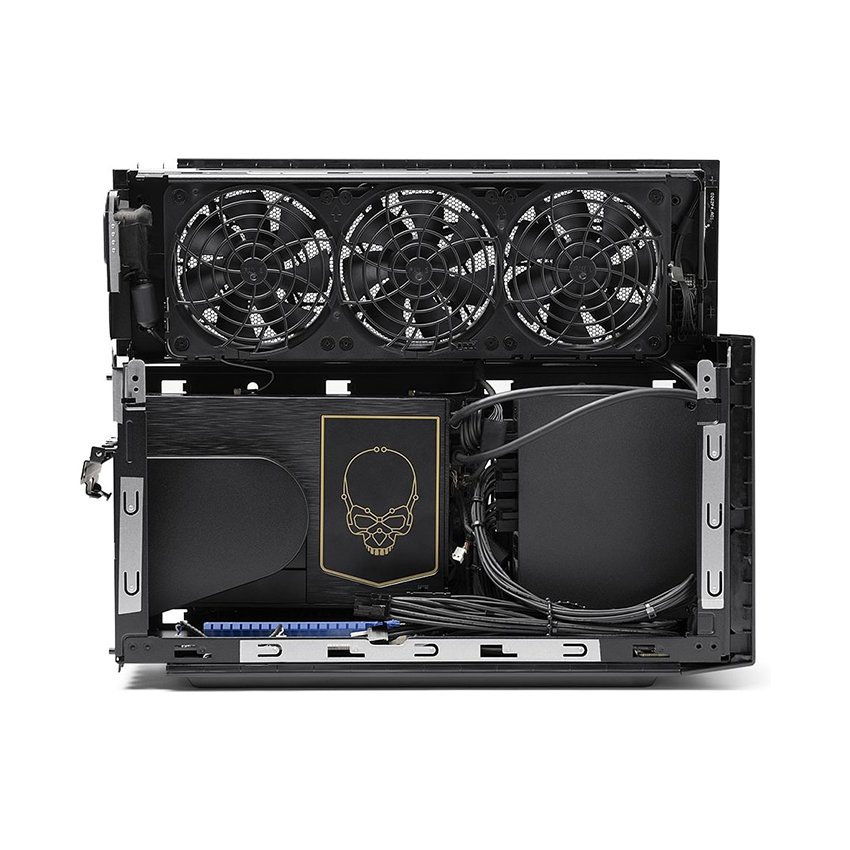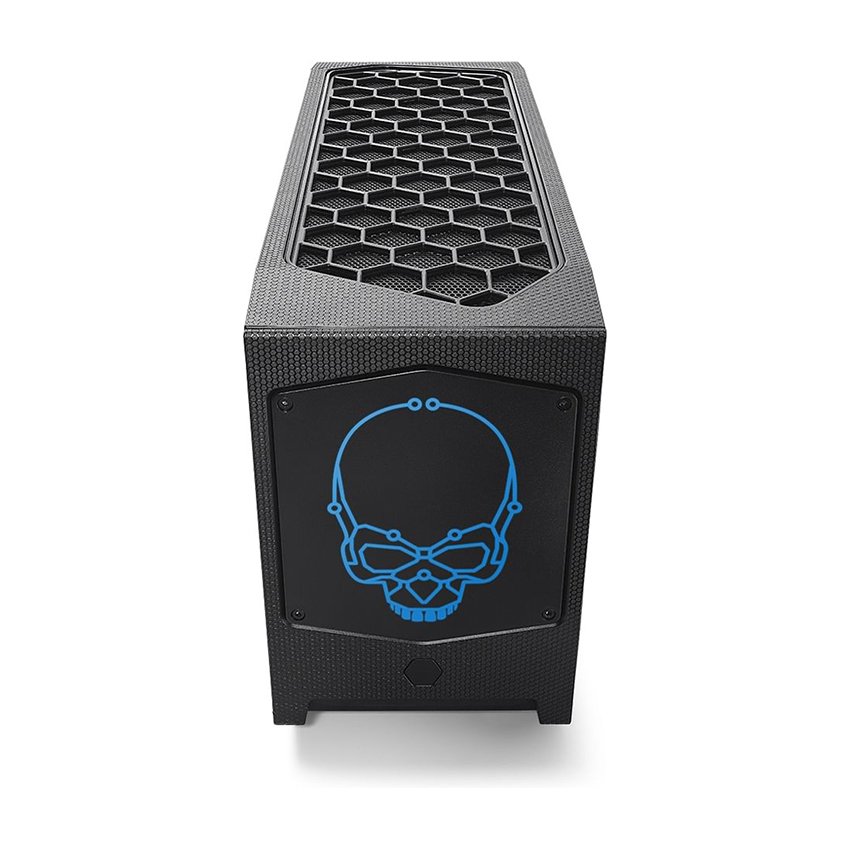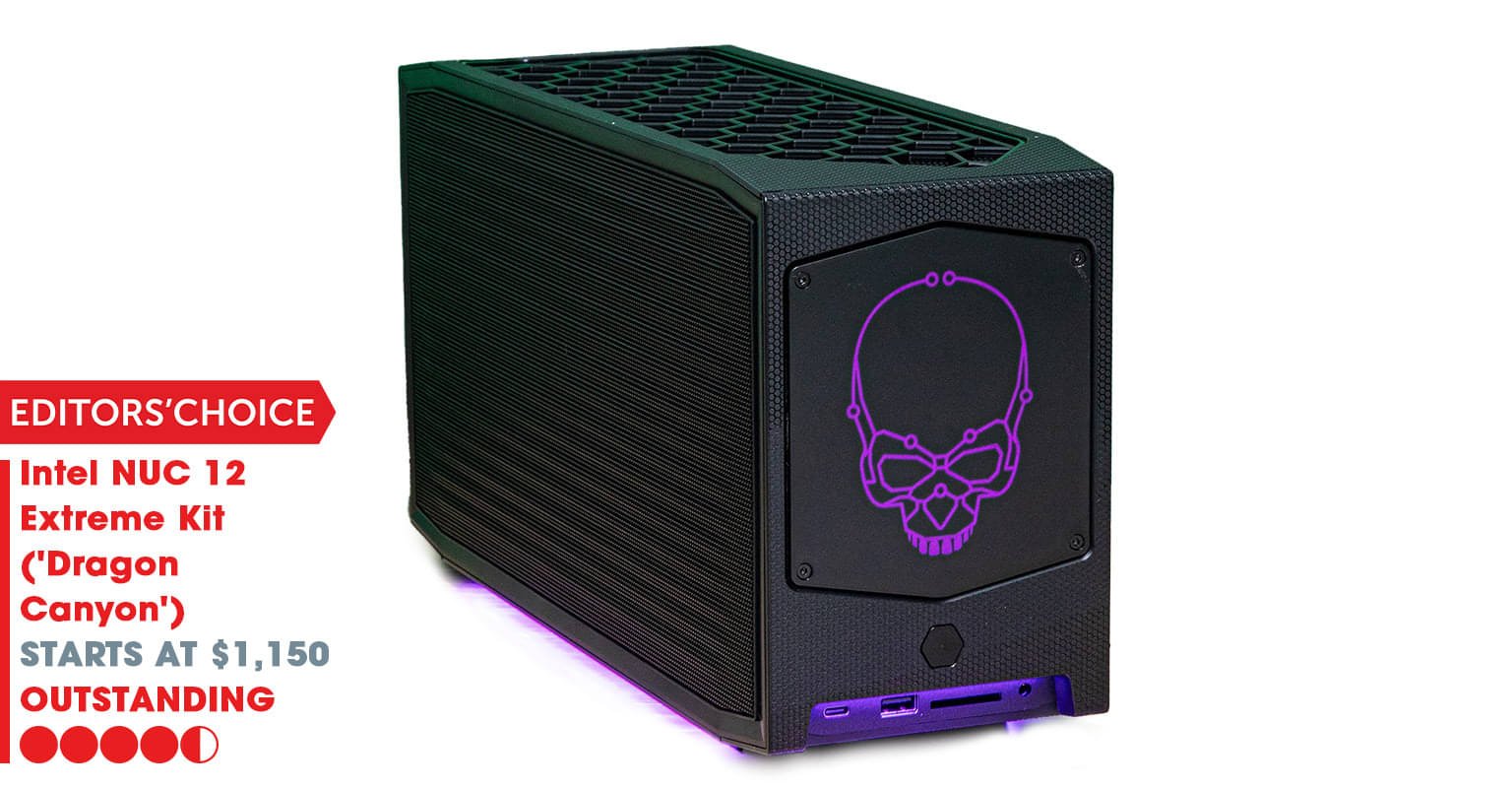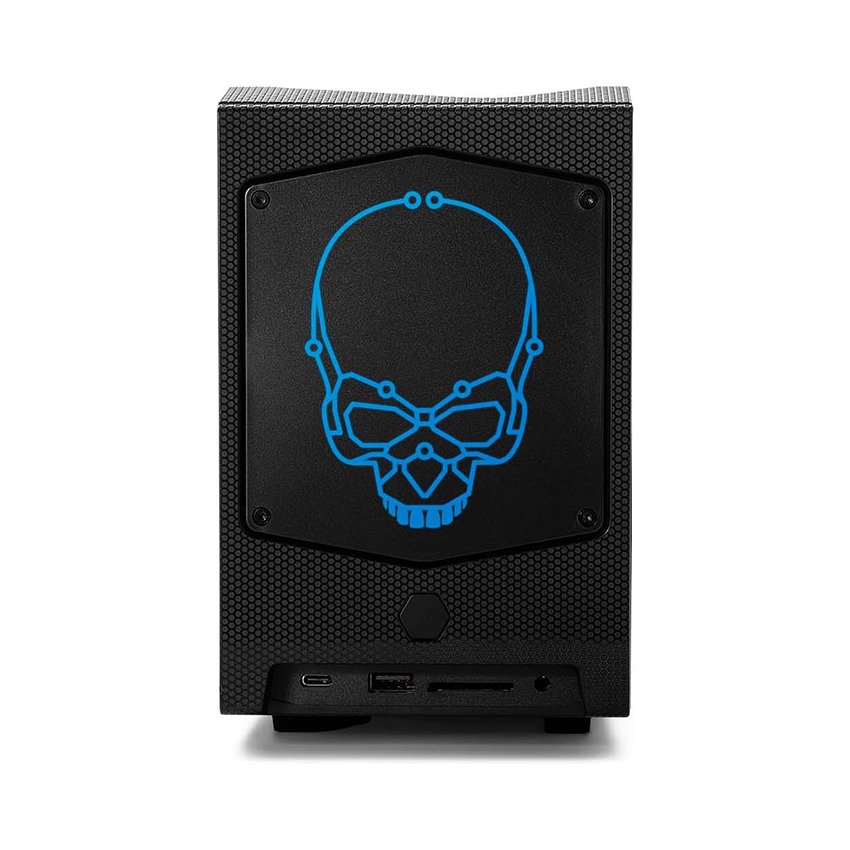Intel’s Dragon Canyon NUC: A Desktop Killer in a Shoebox?

The world of desktop PCs has long been a battle of trade-offs. You could have immense power, but it came in a monolithic tower. You could have a tiny, desk-friendly box, but its performance was a pale imitation of its larger cousins. Intel’s Next Unit of Computing (NUC) line has consistently challenged this dichotomy, and the NUC 12 Extreme Kit—codenamed “Dragon Canyon”—is its most audacious statement yet. This isn’t just a mini PC; it’s a modular, fire-breathing desktop replacement that aims to give you everything, asking only for a premium in return. But does this compact powerhouse truly slay the traditional tower?
Design and Modularity: Bigger, Bolder, and Built for Battle
Unboxing the Dragon Canyon, the first thing you’ll notice is that “NUC” no longer strictly means “tiny.” At around 8 liters in volume, it’s significantly larger than its predecessors, looking more like a super-compact ITX tower than a palm-sized PC. This growth, however, is entirely purposeful. The slick, black, mesh-paneled chassis is engineered to house the one thing that has always held NUCs back: a full-length, dual-slot desktop graphics card. The build quality is exceptional, with a sturdy steel frame that feels dense and premium.

The real magic lies inside with Intel’s modular Compute Element. This self-contained cartridge houses the CPU, motherboard, and I/O, plugging into a baseboard within the chassis. This ingenious design not only makes assembly a breeze but also promises a simpler upgrade path for future generations. For a “kit” PC, the user experience is remarkably streamlined. You simply slide open the side panel, install your GPU, SODIMM RAM, and M.2 SSDs, and you’re ready to go. It’s the perfect middle ground for those who want to choose their core components without the headache of a full custom SFF build.

Performance: Unleashing the Power of Alder Lake
At the heart of our test unit’s Compute Element is a desktop-grade 12th Gen Intel Core i9-12900 processor. This is not a throttled mobile chip; it’s the real deal. Paired with 32GB of DDR4 RAM and a high-end GPU like an NVIDIA RTX 3080, the Dragon Canyon doesn’t just compete with full-sized desktops—it beats many of them. The hybrid architecture of Alder Lake, with its mix of Performance-cores and Efficient-cores, chews through demanding workloads.
In content creation tasks like 4K video rendering in Adobe Premiere Pro or complex compilations, the CPU performance is staggering for a machine of this size. Gaming is equally impressive. The NUC 12 Extreme easily pushes high frame rates at 1440p and delivers a solid 4K gaming experience, limited only by the graphics card you install. The only notable performance compromise is the use of DDR4 SODIMM memory instead of the newer DDR5 standard. While this keeps costs and size down, it leaves a small amount of performance on the table compared to cutting-edge desktop platforms.

Features, Cooling, and Connectivity
Intel didn’t skimp on connectivity. The rear I/O is a prosumer’s dream, boasting dual Thunderbolt 4 ports, a 10-gigabit Ethernet port alongside a 2.5GbE port, Wi-Fi 6E, and a host of USB 3.2 Gen 2 ports. This loadout makes the NUC 12 Extreme an incredible workstation for creators who need to connect high-speed storage and peripherals. Inside, there’s room for up to three PCIe 4.0 NVMe SSDs, ensuring your storage is never a bottleneck.
Of course, cramming this much power into an 8L chassis presents a thermal challenge. Intel’s cooling solution for the Compute Element is surprisingly effective, keeping the i9-12900 from thermal throttling under most loads. However, there’s no escaping physics. When the CPU and a high-end GPU are both pushed to their limits, the system’s fans ramp up to a very audible roar. It’s not jet-engine loud, but it’s far from silent and a necessary trade-off for its compact power.
The Value Proposition: Convenience at a Cost
The NUC 12 Extreme Kit is a premium product with a premium price tag. The kit alone—which includes the chassis, 650W PSU, and the i9 Compute Element—is expensive. Once you add a top-tier GPU, a healthy amount of RAM, and fast storage, the total cost can easily surpass that of a comparable, self-built mid-tower or even a custom SFF PC. Its value, therefore, isn’t in saving money. It’s in the expertly engineered, compact, and powerful package that “just works” out of the box. You’re paying for the convenience, the modular design, and the ability to have an uncompromising desktop experience that doesn’t dominate your desk space.
Final Verdict
The Intel NUC 12 Extreme “Dragon Canyon” is a triumph of engineering. It successfully blurs the line between mini PC and full-fledged desktop, offering incredible performance and connectivity in a beautifully constructed, compact form factor. It is not, however, for everyone. The high cost will deter budget-conscious builders, and the fan noise under load is a real consideration.
This machine is for the power user who craves performance but values a minimalist setup. It’s for the content creator living in a small apartment, the LAN-party gamer who needs portability, or the tech enthusiast who simply wants the best SFF experience without the hassle of a custom build. If you fit that profile and are willing to pay the premium, the Dragon Canyon is a near-perfect execution of a compact, no-compromise PC.
Where to Buy:
Intel NUC 12 Extreme Kit (Mini PC) Quick Summary
Key Scores:
- Value: 80%
- Design: 96%
- Performance: 95%
- Quality: 94%
- Popularity: 90%
Top Pros
- ✅ It delivers flagship desktop performance in a compact form factor.
- ✅ Superb connectivity includes dual Thunderbolt 4 and 10GbE ports.
- ✅ The modular Compute Element design simplifies assembly and upgrades.
- …
Key Cons
- ❌ The high price makes it a questionable value for many.
- ❌ System fans become quite loud under sustained heavy workloads.
- ❌ It lacks support for faster DDR5 memory, using DDR4 instead.
- …










 Visit Claritypoint.AI
Visit Claritypoint.AI






